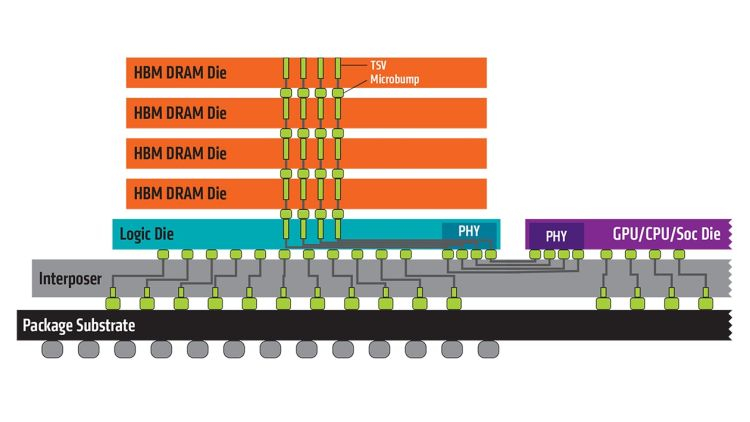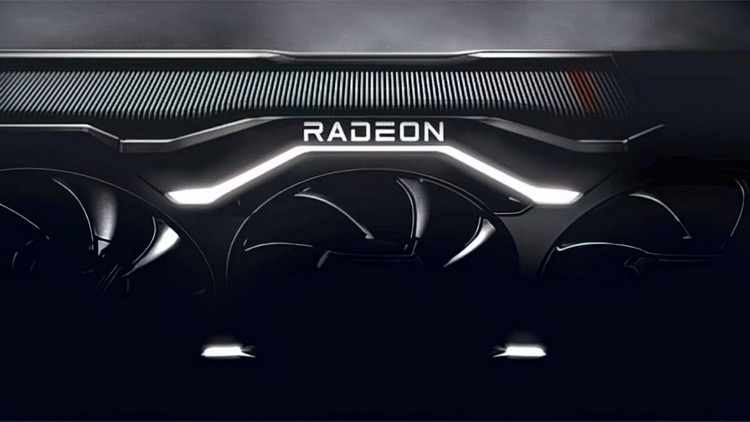
AMD in the midst of a pandemic already had to invest in its partners' capacity to produce the wafers used in making microprocessor components.This week, senior vice president Forrest Norrod explained that AMD is done with the shortage of wafers in the consumer segment, and the work done to optimize the TSMC process for the needs of the company is also very pleased.Image source: AMDSensitive statements Forrest Norrod made at the Goldman Sachs conference, which ended this week.AMD's component shortages, he admitted, have in recent months been determined not by the ability of TSMC or GlobalFoundries to supply its customer with processor chips, but by the limited supply of the substrates that are needed to make those processors.By the end of this year, according to Norrod, the shortage of substrates will be over in the consumer sector, and next year the problem will be eliminated in the server segment, where it is more acute.Forrest Norrod also spoke about the relations with the contractors in the context of the schedule of transition to new lithographic standards.Each new process step, he said, is carefully optimized by TSMC for AMD's needs.Moreover, the latter company puts forward different requirements to the technological process than, say, the developers of mobile processors for smartphones.In the case of 7nm technology, AMD was at the forefront of the market.As the senior vice president of AMD admits, during the transition to 5-nm technology, the process was a bit delayed, but it was due to market, not technical conditions.If we talk about the server segment, AMD expects to update the process every 18 or 21 months.The first results of the migration to 5-nm technology in AMD are very pleased.It should ensure the absolute leadership of the company both in terms of transistor performance and energy efficiency.The process itself does not determine the pace of progress of AMD products, as Norrod explained, the company proceeds from the market needs at a particular time.AMD senior vice president for investor relations Ruth Cotter (Ruth Cotter) added that the transition to each new stage of lithography is more expensive, so in determining the schedule of migration should also consider the payback factor, combined with the ability of new products to meet customer needs.AMD's heterogeneous chip layout helps tremendously in this regard.The process technology is only one factor driving AMD's product development, and at the core is the architecture, which is developed based on customer needs.


0 Comments